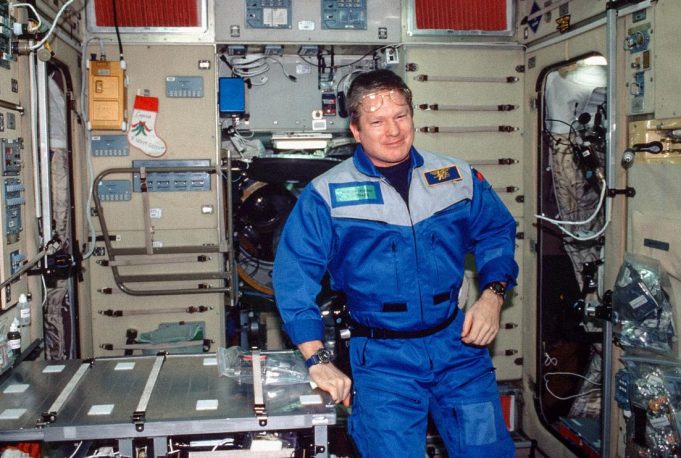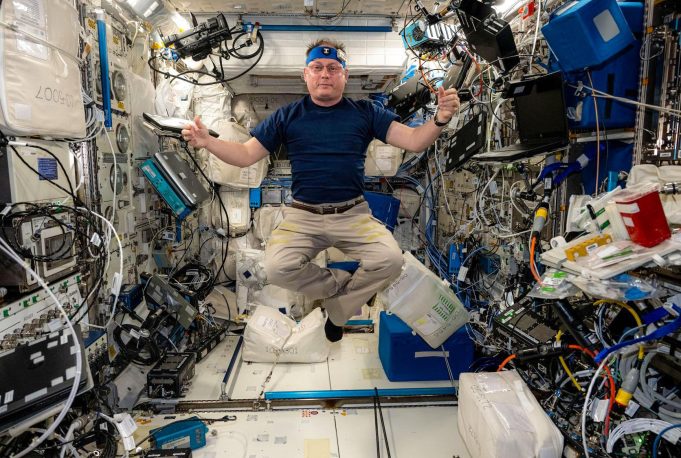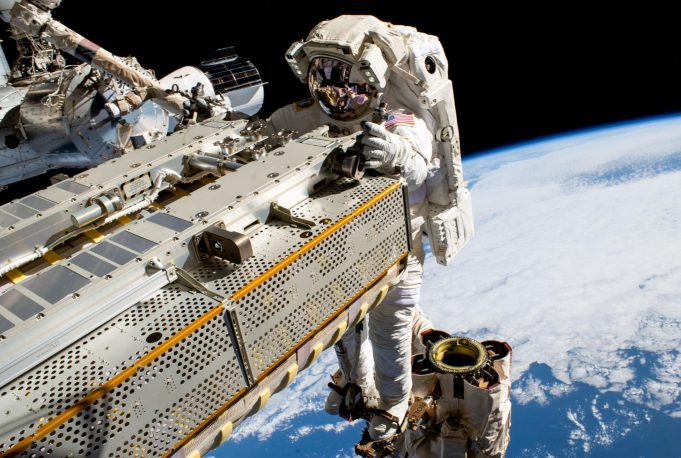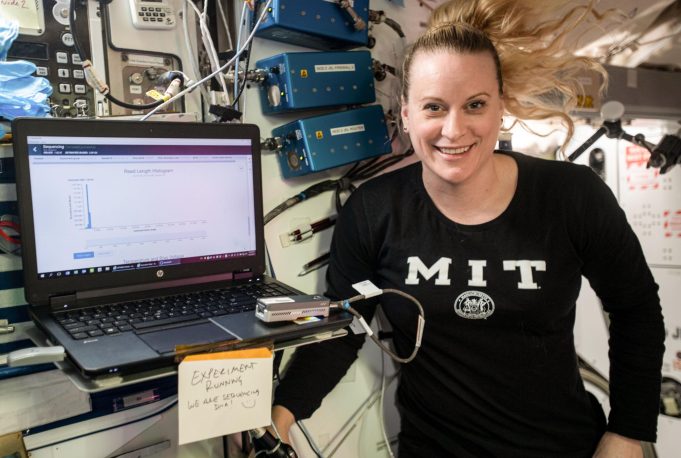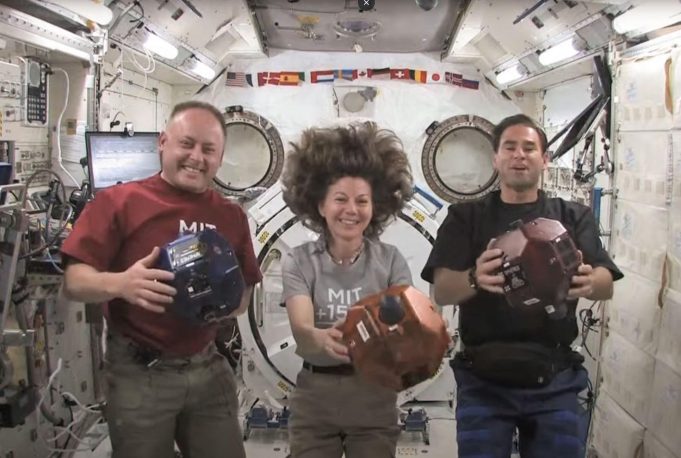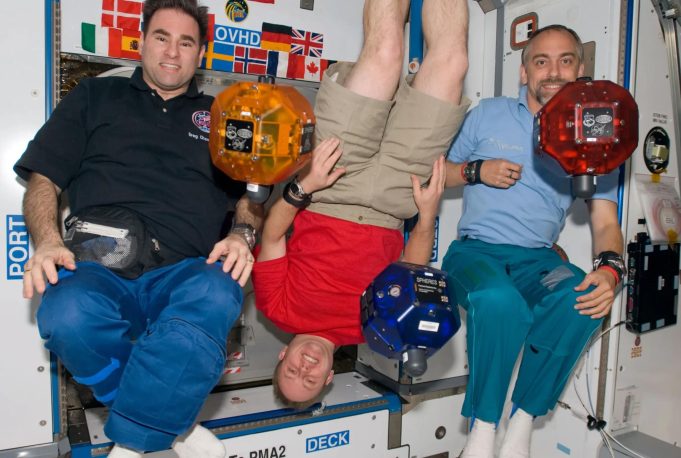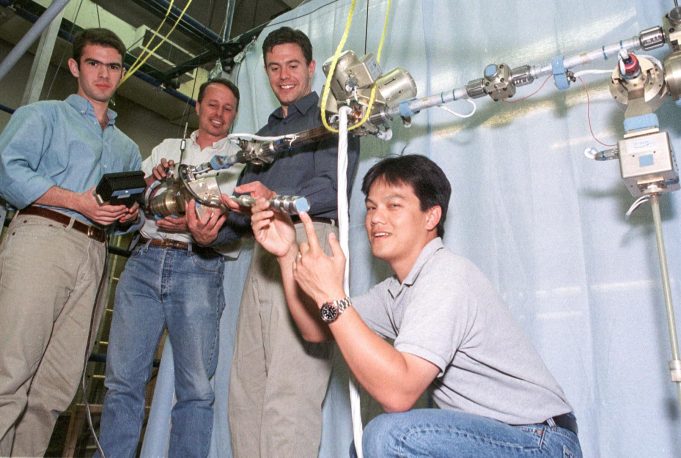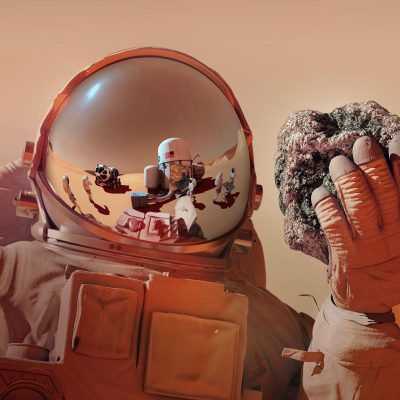MIT Technology Review: 25 years of research in space
For MIT Technology Review, alum John Tylko ‘79 PhD ’23 reflects on how the MIT astronauts and researchers, from David Miller to Mike Fincke, have advanced our understanding of science, space, and the universe.
On November 2, 2000, NASA astronaut Bill Shepherd, OCE ’78, SM ’78, and Russian cosmonauts Sergei Krikalev and Yuri Gidzenko made history as their Soyuz spacecraft docked with the International Space Station.
The event marked the start of 25 years of continuous human presence in space aboard the ISS—a prolific period for space research. MIT-trained astronauts, scientists, and engineers have played integral roles in all aspects of the station’s design, assembly, operations, and scientific research.
One of MIT’s most experienced NASA astronauts, Mike Fincke ’89, is celebrating that milestone from space. Having already logged 381 days in three previous missions to the ISS, he returned on August 1 as a member of the Expedition 73 crew. “Wow, 25 years of constant human habitation in space!” he said when he spoke with me from the station in September. “What an accomplishment and a testimony to the teams on the ground and in terms of engineering, science, and diplomacy.”
Building and operating the ISS
“We understood that building the ISS was significantly more difficult than anything we’d attempted before with the possible exception of Apollo,” says Pamela Melroy, SM ’84, who flew the space shuttle on three ISS assembly missions, including STS-92 in October 2000, which installed key modules and structures that prepared the station for the arrival of Shepherd and his crew less than two weeks later. “We learned a tremendous amount from the Shuttle-Mir program that I think gave us a lot more confidence going into ISS assembly,” she says.
Melroy was one of 10 MIT astronauts who participated in 13 space shuttle missions to assemble and resupply the ISS through 2011. “It’s pretty awe-inspiring to just go, ‘Wow, there is the visible evidence of what we just spent 10 to 14 days doing,’” she recalls. She also saw just how critical logistics are to resupply operations—especially since the retirement of the shuttle.
Shepherd, who served as Expedition One commander, and his crew overcame a variety of challenges as they adapted to living in space, continued the assembly of the ISS, and installed and activated its life support and communications systems. “We were blue-collar maintenance guys for most of our flight,” he says. “I really enjoyed that part of it.” After arriving on the ISS, he discovered that the Russian service module was missing a worktable that his crew had found to be very useful in training. He asked Moscow, “Where’s our table?” and was told, “It’s going to come up six months after you guys are gone.”
Cargo flights had delivered canisters of carbon dioxide absorbers packaged in sturdy aluminum frames. Upon inspecting the frames, they decided there was no reason to remain table-less. “We had some special tools that we had smuggled on board,” he recalls. “So we started to cut and drill and thread and fabricate a table out of scraps.” It turned out to be a pretty good table. “When Houston found out about it, they went nuts, because we were up there sawing, making chips and aluminum sawdust,” he says. “But we got through all that.” Now in the Smithsonian, it is “definitely an MIT-designed table,” Shepherd says.
Twelve MIT alums and one MIT affiliate from the Whitehead Institute have logged a total of 18 long-duration missions to the ISS. Cady Coleman ’83 served as lead robotics and science officer during a 159-day expedition in 2010 and 2011. She performed hundreds of experiments, ranging from basic science to technology development for future moon and Mars missions. “At MIT, we were always invited to be part of scientific discovery,” Coleman says. “We carried MIT’s standard of excellence into every field. Most importantly, our education taught us that we were part of a larger mission to make the world a better place.”
Citing the “mens et manus” motto on the Brass Rat he was wearing in space, Fincke observed that MIT prepared him well for his job. “When you have such a critical mass of really intelligent people and critical thinkers, it really makes a difference and brings out the best in all of us, including me,” he said. “So thank you, MIT.”
Woody Hoburg ’08, who was an assistant professor of aero-astro before piloting a 186-day mission to the ISS in 2023, concurs: “It’s no surprise that so many exceptional MIT thinkers and doers end up shaping our boldest achievements in space. The ISS is certainly one of those—it’s a beautiful machine, constructed while I was still in high school and later studying Course 16 at MIT, flying five miles per second over Earth that whole time.”
